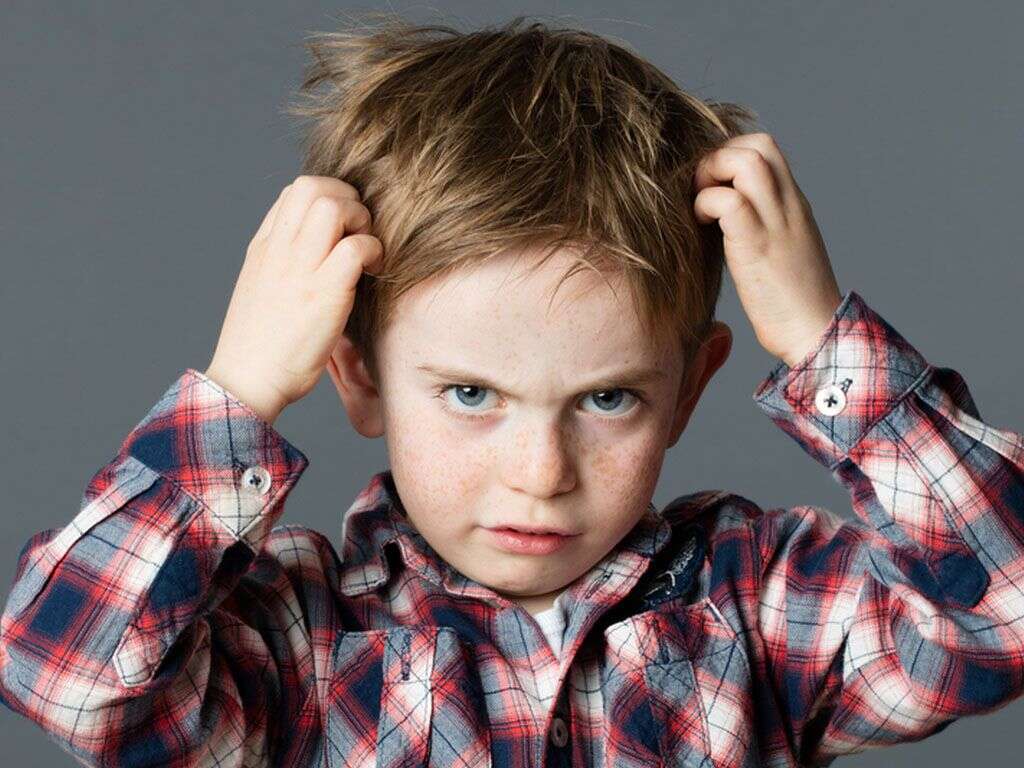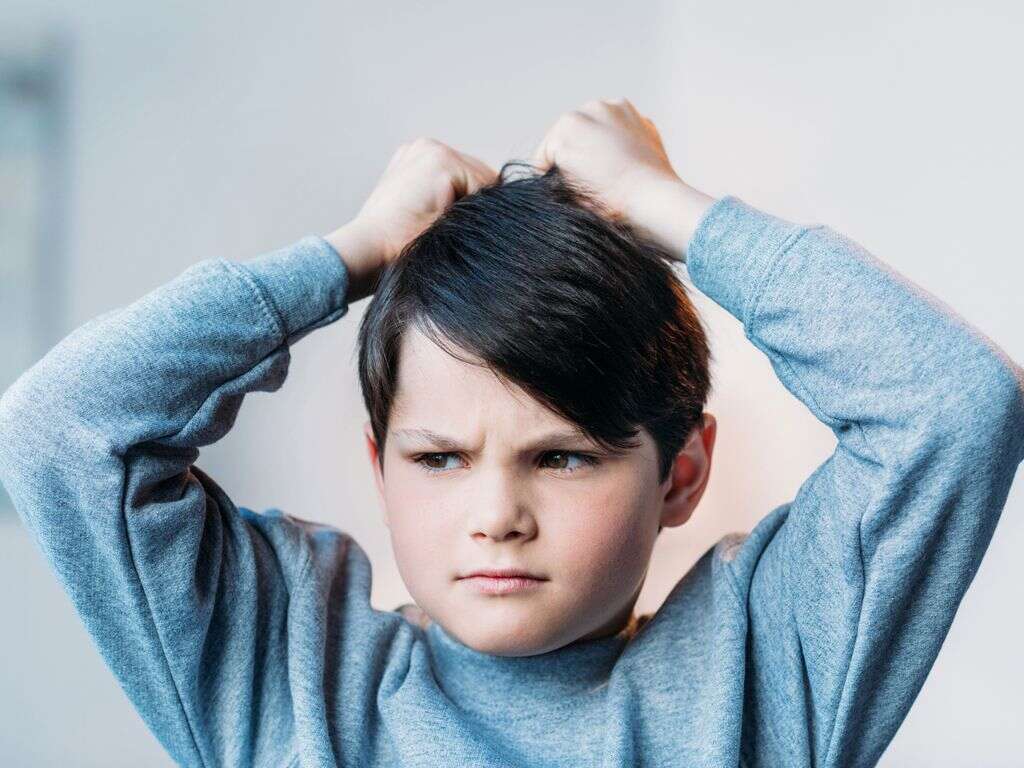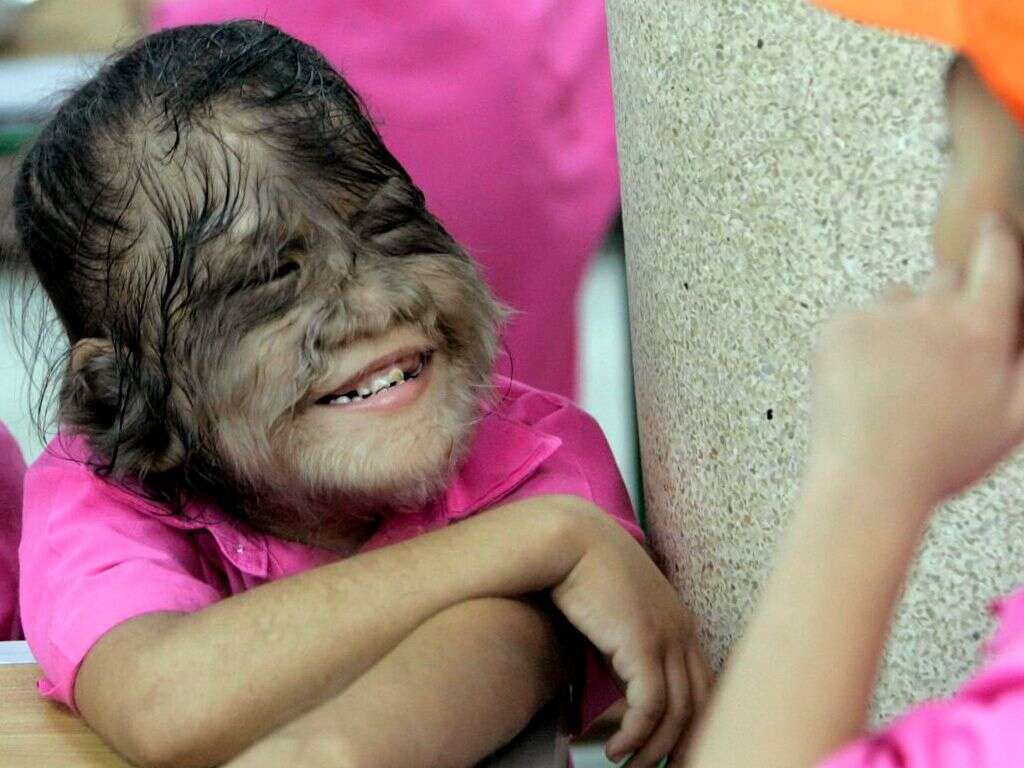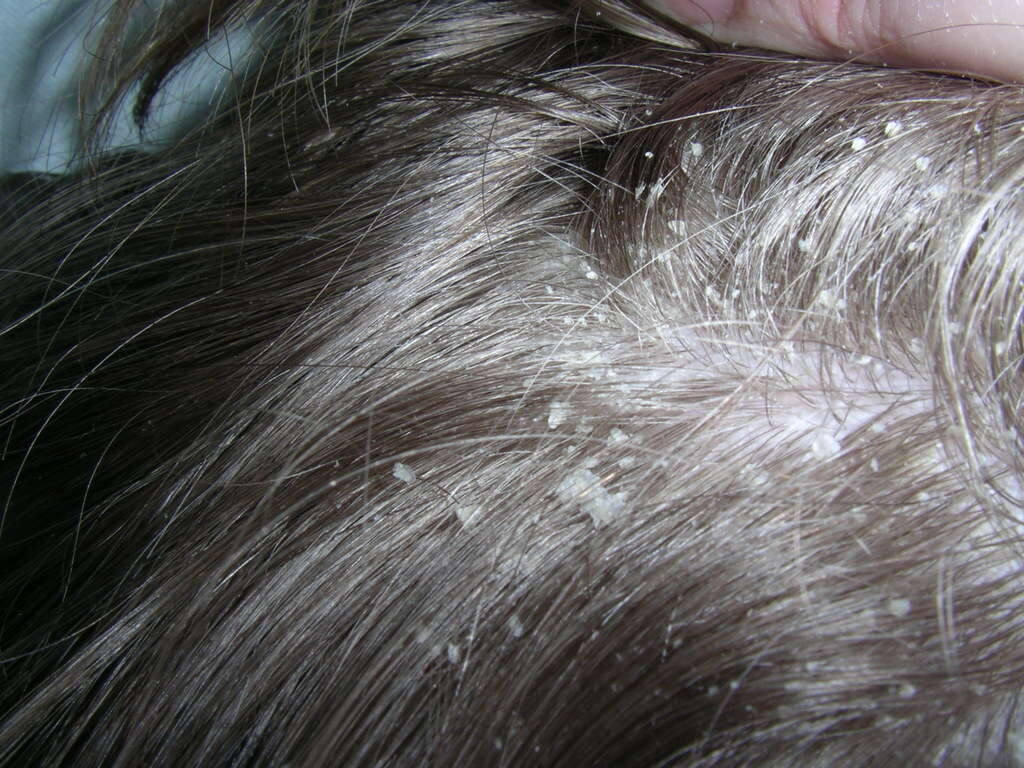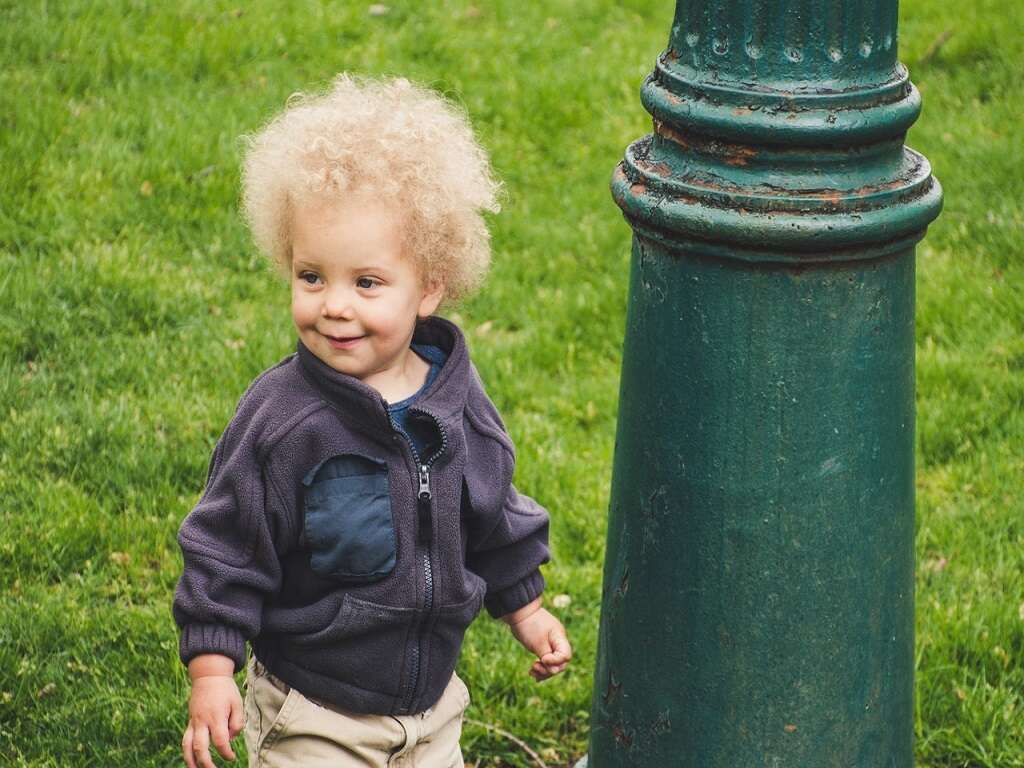10 Hypertrichosis Symptoms
 Article Sources
Article Sources
- 1. 'Hypertrichosis.' DermNet NZ , dermnetnz.org/topics/hypertrichosis/
- 2. Saleh, Dahlia, et al. 'Hypertrichosis.' StatPearls, StatPearls Publishing, 5 January 2021
- 3. 'Becker Naevus.' DermNet NZ, dermnetnz.org/topics/becker-naevus/
- 4. Chien, Mu-Ming, et al. 'The Hair-Collar Sign.' The Journal of Pediatrics, vol. 168, 2016, p. 246, doi.org/10.1016/j.jpeds.2015.09.081
- 5. Staff, SBI. 'Gingival Enlargement.' The American Academy of Oral Medicine, www.aaom.com/index.php?option=com/content&view=article&id=132:gingival-enlargement&catid=22:patient-condition-information&Itemid=120
- 6. Kurtipek, Gülcan S., et al. 'Faun tail: a rare cutaneous sign of spinal dysraphism.' Acta Dermatovenerologica Alpina Pannonica et Adriatica, vol. 24, no. 1, 2015, doi:10.15570/actaapa.2015.5
- 7. Gupta, Lipy, et al. 'Nevoid hypertrichosis: Case report with review of the literature.' International Journal of Trichology, vol. 3, no. 2, 2011, p. 115, doi:10.4103/0974-7753.90829
- 8. Kaur, Sandeep, and BharatBhushan Mahajan. 'Eyelash trichomegaly.' Indian Journal of Dermatology, vol. 60, no. 4, 2015, p. 378, doi:10.4103/0019-5154.160484
The prefix hyper means excessive or abnormal, while trichosis is the name for a condition that affects hair growth. Hypertrichosis, therefore, refers to excessive hair growth. It is sometimes referred to as Werewolf syndrome. The exact causes of the condition aren't known.
Hypertrichosis is a rare disorder that can affect men or women. People may experience abnormal hair growth all over the body, or the condition may affect smaller patches. It may be present from birth or can affect people later on in life. Most hypertrichosis symptoms relate to patterns of hair growth.1‘Hypertrichosis.’ DermNet NZ , dermnetnz.org/topics/hypertrichosis/
Fine Body Hair
Some people with hypertrichosis have soft, fine hairs growing all over the body. These hairs are known as lanugo. They have no pigment and are typically a few centimeters long.
Lanugo covers a fetus but is usually shed shortly before birth and replaced by a different type of hair, known as vellus hair. Vellus hair is generally shorter than lanugo hair. In a rare condition called congenital hypertrichosis lanuginosa, a person is born covered in these silky lanugos. The fine down-like hairs remain throughout the person's whole life.2Saleh, Dahlia, et al. ‘Hypertrichosis.’ StatPearls, StatPearls Publishing, 5 January 2021
Birthmark
A specific type of onset birthmark, known medically as Becker nevus, can be associated with hypertrichosis. It may also be known as Becker melanosis. The birthmark appears later on in life, and it only affects men.
The condition is caused by a combination of the upper layers of skin, pigment cells and hair follicles growing too large. After puberty, it can appear as a darker, hairy patch of skin. Laser therapies are among the treatment options for this type of birthmark.3‘Becker Naevus.’ DermNet NZ, dermnetnz.org/topics/becker-naevus/

Ring of Hair
Sometimes, people with hypertrichosis have something referred to as a hair collar. The hair collar is a ring of hair that is darker and coarser than surrounding hair. It is localized, meaning that it appears in a specific area.
This abnormal hair pattern is found around skin that's different from surrounding skin. The hair overgrowth is long, very thick and usually dark, also known as terminal hair.4Chien, Mu-Ming, et al. ‘The Hair-Collar Sign.’ The Journal of Pediatrics, vol. 168, 2016, p. 246, doi.org/10.1016/j.jpeds.2015.09.081
All-Over Dark Hair
One of the more noticeable symptoms of hypertrichosis is coarse dark hair all over the body. Known medically as congenital hypertrichosis terminalis, it is an overgrowth of terminal hairs. Terminal hairs are pigmented, long and thick. It is the type of hair that typically grows on the scalp. With hypertrichosis, head hair can grow anywhere around the body.
It is this type of abnormal hair growth that resulted in the condition also being known as Werewolf syndrome.

Large Gums
Overgrown gums can be associated with hypertrichosis in some cases. Medically known as gingival hyperplasia, it occurs when the gum tissue in the mouth grows more than normal. When this is due to a hereditary condition, the gums may grow over the teeth. This can cause the teeth to be displaced or impacted.
Gingival hyperplasia may occur in people who have congenital hypertrichosis terminalis, or thick, long dark hair all over the body.5Staff, SBI. ‘Gingival Enlargement.’ The American Academy of Oral Medicine, www.aaom.com/index.php?option=com/content&view=article&id=132:gingival-enlargement&catid=22:patient-condition-information&Itemid=120
Lower Back Hair
Hypertrichosis may present as a triangular or oval-shaped patch of dark, overgrown hair on the lower back. Hair can grow up to an inch long. This hair abnormality may be present since birth. It is sometimes referred to as a faun tail.
This is a localized form of hypertrichosis, occurring in an area known as the lumbosacral region. The abnormal pattern of hair growth may be an indication of problems with the spinal cord.6Kurtipek, Gülcan S., et al. ‘Faun tail: a rare cutaneous sign of spinal dysraphism.’ Acta Dermatovenerologica Alpina Pannonica et Adriatica, vol. 24, no. 1, 2015, doi:10.15570/actaapa.2015.5

Overgrown Eyebrow
There are various forms of hypertrichosis that can affect just one part of the body. Hair growth may be regular in all areas except for one localized part of the body. One such example is an excessively overgrown and bushy eyebrow, with the other eyebrow appearing as would be expected.
This is an example of an issue referred to as nevoid hypertrichosis. The hair is long, thick and dark. It is typically present at birth or appears shortly after.7Gupta, Lipy, et al. ‘Nevoid hypertrichosis: Case report with review of the literature.’ International Journal of Trichology, vol. 3, no. 2, 2011, p. 115, doi:10.4103/0974-7753.90829
Facial Hair
While men usually have varying degrees of facial hair, women typically have little hair growth on the face. Facial hair in a female could be a symptom of hypertrichosis. When this occurs, the hair is typically vellus hair, meaning it's short and fine with no pigment or color. It can also, however, include thicker terminal hairs.
Hypertrichosis is not dependent on the role of male hormones, known as androgens. Female facial hair caused by hypertrichosis should not be confused with hirsutism, an overgrowth of hair caused by hormonal imbalances.

Hairy Palms and Soles
Usually, individuals do not have hair follicles on the soles of the feet or the palms of the hand. Special proteins block the production of hair follicles in these areas, and so there is typically no hair growth.
Hairy palms and soles can be a sign of hypertrichosis. Rarely, people can have an inherited gene mutation that causes hair follicles to develop in abnormal parts of the body. Hypertrichosis on the soles and palms is typically accompanied by tough skin.
Long Eyelashes
Excessively long eyelashes can also be a sign of hypertrichosis. People may have eyelashes that are longer, thicker, darker and curlier than normal. Eyelashes are typically longer than half an inch with hypertrichosis. This issue is known specifically as trichomegaly.
Long eyelashes can irritate the eyes and cause vision problems if left untreated. This can lead to discomfort and distress. Regular eyelash trims are often necessary as lashes will continue to grow after being cut shorter.8Kaur, Sandeep, and BharatBhushan Mahajan. ‘Eyelash trichomegaly.’ Indian Journal of Dermatology, vol. 60, no. 4, 2015, p. 378, doi:10.4103/0019-5154.160484


